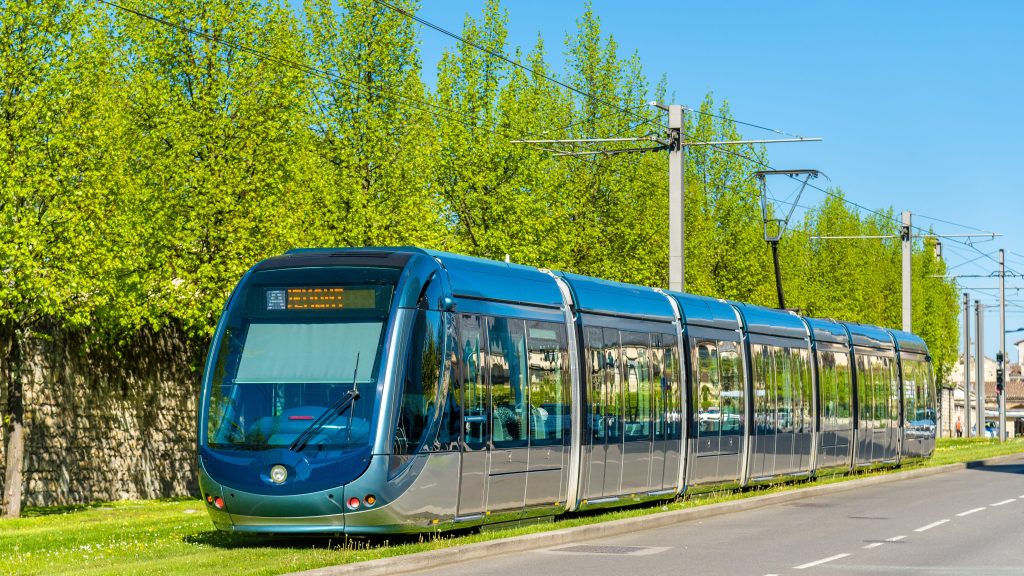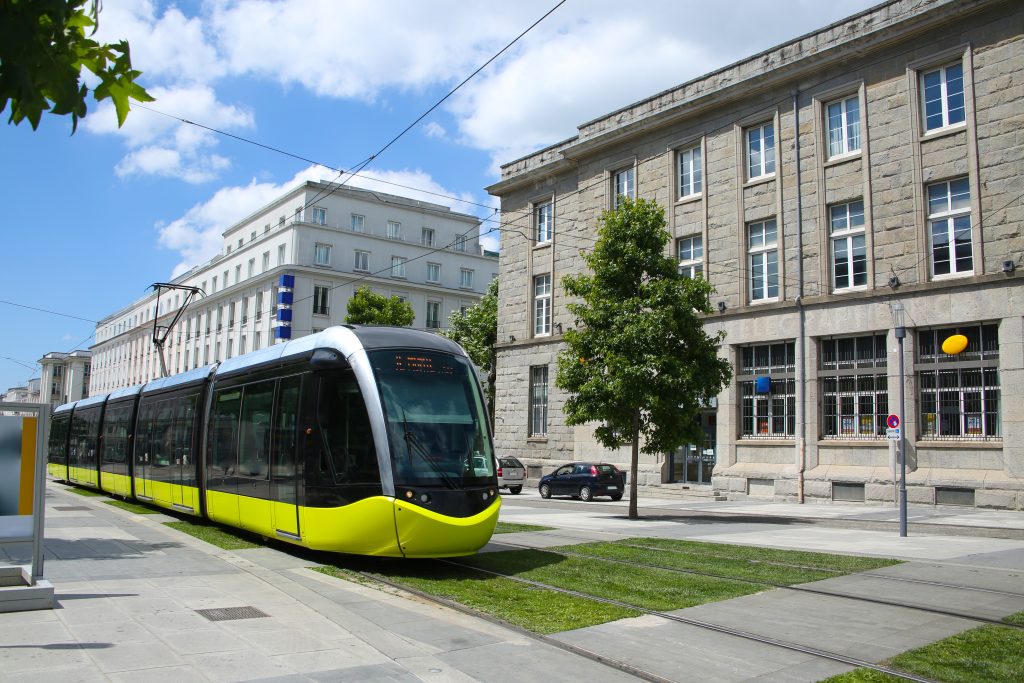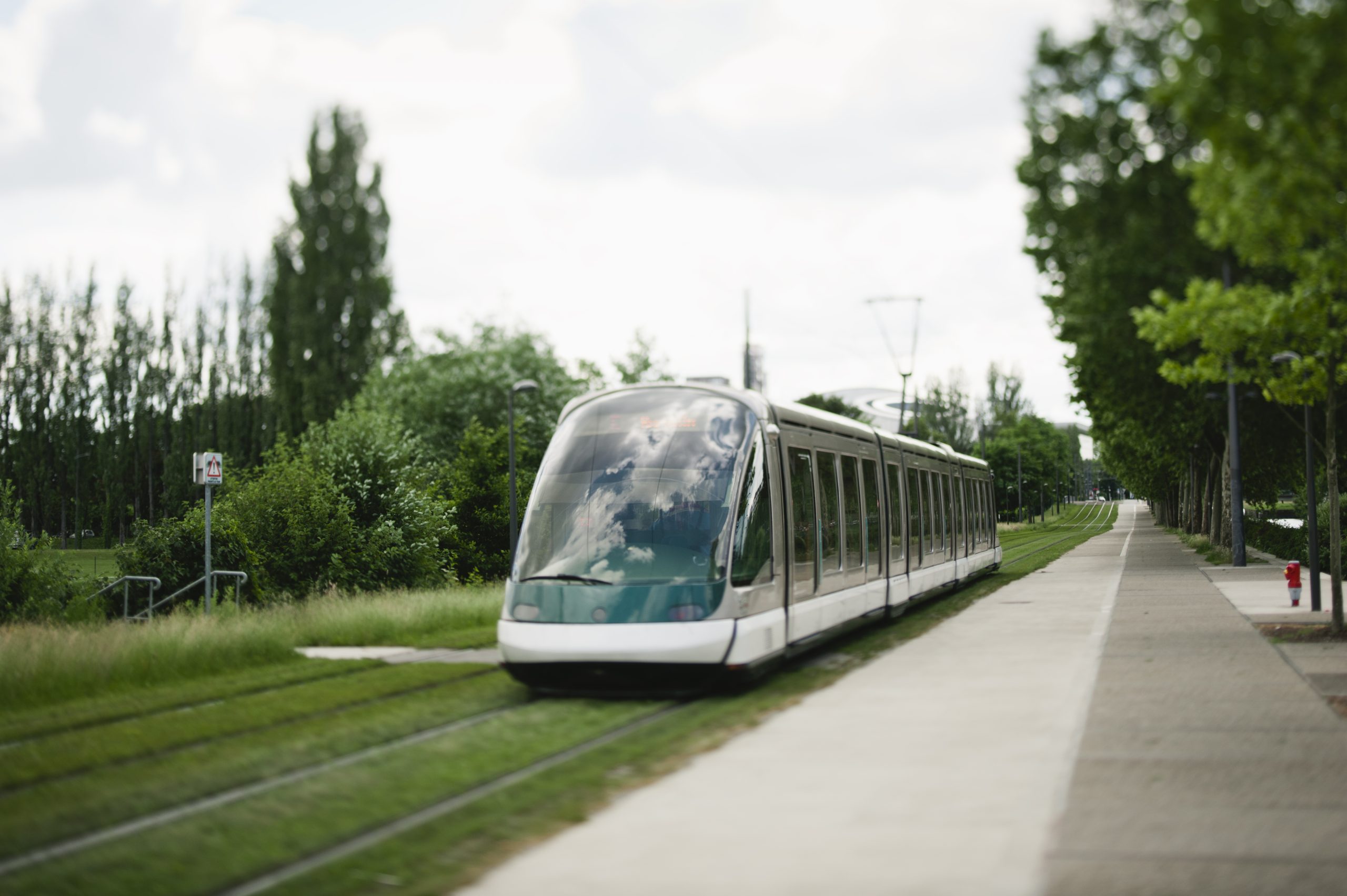The tram: a source of economic, social and environmental development
Designed to meet mobility needs over the next five decades for the city’s west end, the tram is a means to reduce greenhouse gas emissions, help limit urban sprawl and promote the region’s economic prosperity.
It’s a fact: for years, in major European cities, trams have featured prominently in shaping people’s habits when it comes to getting around. While this means of transportation may be less ingrained in North America, it’s a safe bet that rising gas prices, along with the many advantages associated with accessibility and shorter travel times, will help convert more than a few drivers over the coming years!

Designed today to meet mobility needs over the next five decades for the city’s west end, the tram is a way to help meet the Government of Quebec’s Sustainable Mobility Policy and 2030 Plan for a Green Economy greenhouse gas (GHG) reduction goal. There is no denying the extent of the climate emergency: rethinking collective mobility for future generations is an imperative.
As a means to fight GHG emissions, the trams helps limit urban sprawl, which, over the past 20 years, has been growing at a fair clip in the Ottawa-Gatineau area. By promoting densification around existing and future infrastructures, this system, referred to as a “dedicated system”, will help transform the region’s land uses in a way that will minimize the exodus to remote rural areas, which goes hand in hand with increased dependence on single-occupancy vehicles.
This modal transfer from single occupancy vehicles to public transit will generate other benefits, such as reduced energy use per person. At the end of the day, the concept of one family owning several cars will be put into question as families consider their potential annual savings.
Other than its environmental benefits, a tram will help promote the region’s economic prosperity by making it easier to reach businesses and get to recreational activities at any time of day.

The pandemic may well have redefined standards in terms of teleworking, but this does not apply to all jobs. Workers are back in person for many types of jobs (sometimes in hybrid form), and with that, downtowns across the country will find themselves coming back to life. And because mobility is not only an issue for workers, the greater frequency of trams should shift the flow from peak to off-peak periods, which will benefit everyone.
All in all, there has been a resurgence in the popularity of modern trams. This mode of transportation has proven to be a hit every time. Once you’ve tried it, you want it!
Who can view this page?
This content is intended for the public covered by the exceptions of the Charter of the French language and its regulations. If you read on, you confirm that you fall within one of these exceptions.
